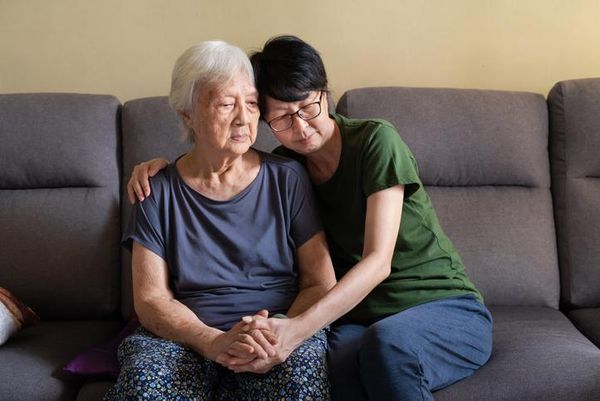Palliative care
- Is a form of specialized care to help people with serious illnesses and their families live as well as they can
- Focuses on managing or reducing pain and other symptoms and offers other interventions aimed to improve quality of life
- Can be used alongside medical treatments meant to cure the illness, and can help patients understand their treatment options and make choices about treatment that are aligned with their goals and values
- Can be helpful at any stage of serious illness
- Does not have a set length of care and depends on what you need and what insurance will cover (if you have insurance)
Who makes up a palliative care team?
- Palliative care doctors
- Palliative care nurses
- Social workers
- Spiritual advisors or chaplains
Team members work together to provide whole-person care, in collaboration with the patient’s other healthcare providers.
Palliative care can be given in a:
- Hospital
- Specialized outpatient clinic
- Nursing home
- Patient’s home
Hospice care
- Is a subset of palliative care that is for people with serious illness who doctors believe have 6 months or less to live
- Is designed for people whose illness isn’t responding to treatment or who wish to stop treatment
- Focuses on quality of life and not prolonging life
- Lasts as long as life expectancy
Hospice care can be given in a:
- Patient’s home
- Hospice center
- Nursing home
- Hospital (uncommonly)
Who makes up a hospice care team?
- Hospice nurses
- Hospice doctors
- Spiritual advisors or chaplains
- Social workers
- Volunteers trained to support patients and their families
Did you know? Hospice doesn’t mean stopping all treatments — just the ones (like chemotherapy for cancer) meant to cure an illness.
Both:
- For people with serious illness
- Help manage symptoms and make decisions that align with their goals
- Offer physical and emotional support to patients and families
- May be covered by Medicare or other insurance
Palliative only:
- Patients can receive care at any time after illness is diagnosed
- Patients can continue to receive treatments intended to cure their illness
Hospice only:
- Patients can receive care if a doctor believes they have 6 months or less to live
- Patients can no longer get treatments intended to cure illness
To find hospice and palliative care near you, visit the National Hospice and Palliative Care Organization.
From Your Site Articles
- As Death Approaches, Our Dreams Offer Comfort, Reconciliation ›
- Accepting When It's Time for Hospice ›
- As Death Approaches, Our Dreams Offer Comfort, Reconciliation - HealthyWomen ›
Related Articles Around the Web








